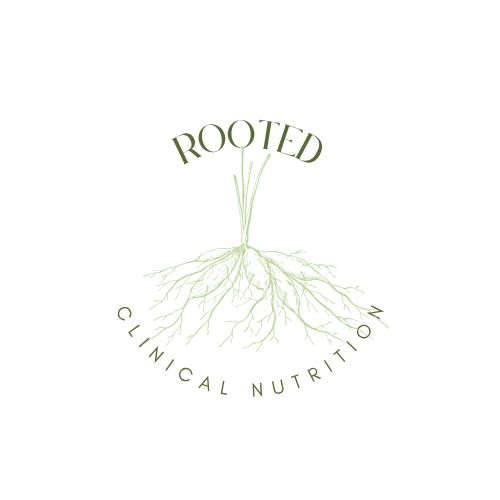Functions of the Stomach
Digestion of Nutrients
The stomach is in charge of turning the food we eat into a liquid-like substance called chyme. This chyme is moved through the stomach and into the small intestine to be further digested and absorbed. When we hear the term mechanical digestion we think of chewing our food, the stomach also digests food mechanically by breaking down food into smaller bits by a process called churning. The food moves through the stomach as the muscles contract and “churn” the food back and forth until it is liquified. Chemical digestion also occurs in the stomach. Digestive enzymes produced by the stomach start the process of breaking down the structure of the chyme into smaller molecules to be absorbed in the bloodstream. If food is not properly digested in the stomach (or other parts of the GI tract), this can lead to nutrient deficiencies and other gastrointestinal problems.
Digestive Enzymes of the Stomach
To complete the process of chemical digestion in the stomach, water, hydrochloric acid (HCl), pepsin, mucus and intrinsic factor all work together in the stomach and perform specific jobs. Parietal cells of the stomach secrete intrinsic factor which is vital in the absorption of vitamin B12 into the bloodstream. These cells also secrete HCl to lower the pH of the stomach which is important to activate the pepsin enzyme. Chief cells of the stomach produce pepsinogen, the inactive form of pepsin. When pepsinogen and HCl combine they activate pepsin, which is the enzyme that breaks down protein into amino acids that are absorbed in our bloodstream. Other cells in the stomach produce mucus to protect the inner lining of the stomach and GI tract from the HCl and its low pH. G cells in the stomach produce an enzyme known as gastrin. Gastrin tells the stomach to release the chyme into the small intestine and continue the process of digestion and absorption. The digestion of lipids (fat) also begins in the stomach. The enzyme gastric lipase is produced in the stomach and starts to break down lipids and start the emulsification process. Emulsification makes lipid droplets, a visual example of this would be to mix oil and water in a container and shake or stir. The water disperses the oil into tiny droplets, making it easier for other digestive enzymes to further digest these molecules when they make it to the small intestine.
References:
Stipanik, M. H., & Caudill, M. A. (2019). Biochemical, physiological, and molecular aspects of human nutrition (Fourth Edition) Elsevier.
Patricia, J. J., & Dhamoon, A. S. (2023, January). Physiology, Digestion. National Library of Medicine. https://www.ncbi.nlm.nih.gov/books/NBK544242/#:~:text=No%20digestion%20occurs%20in%20the,the%20contracted%20pylorus%2C%20termed%20propulsion.

